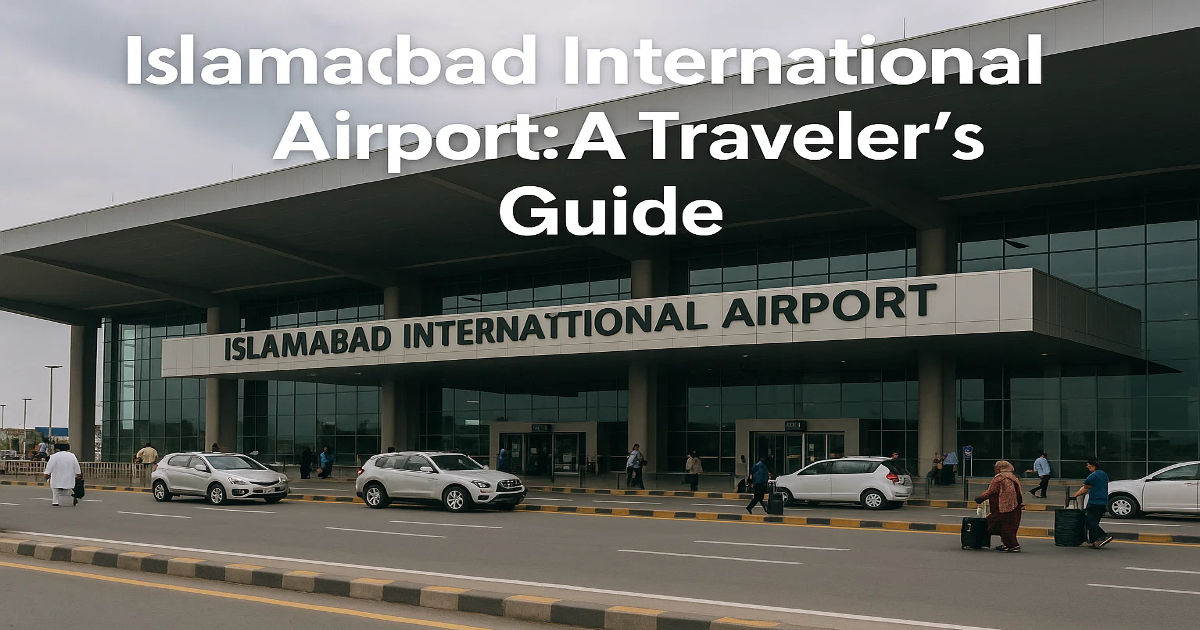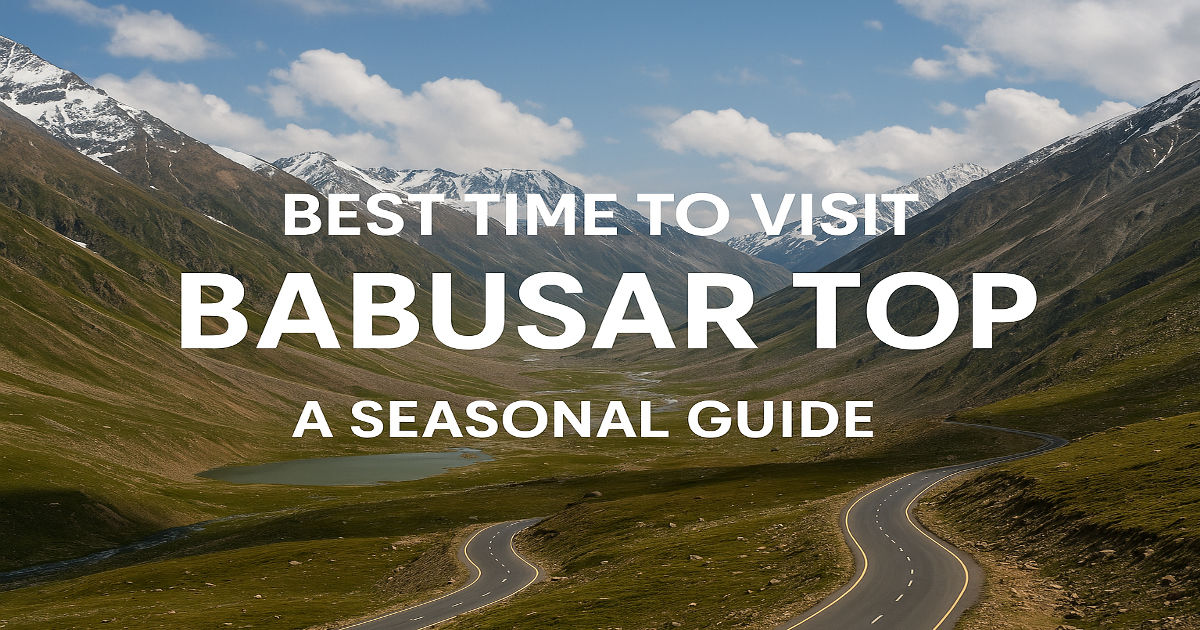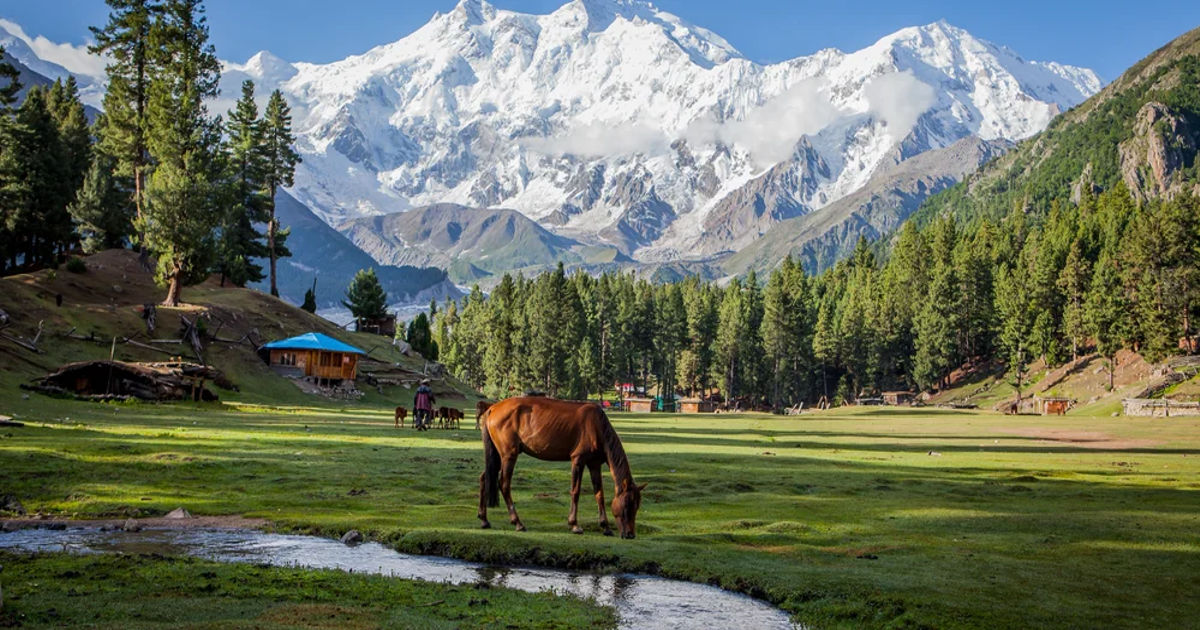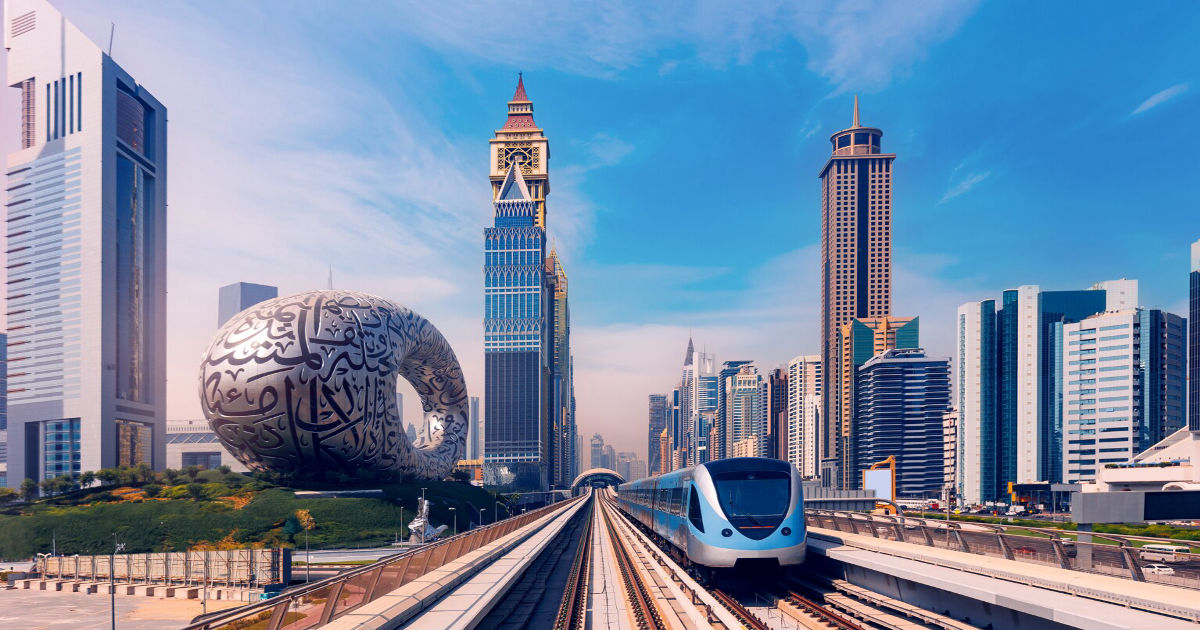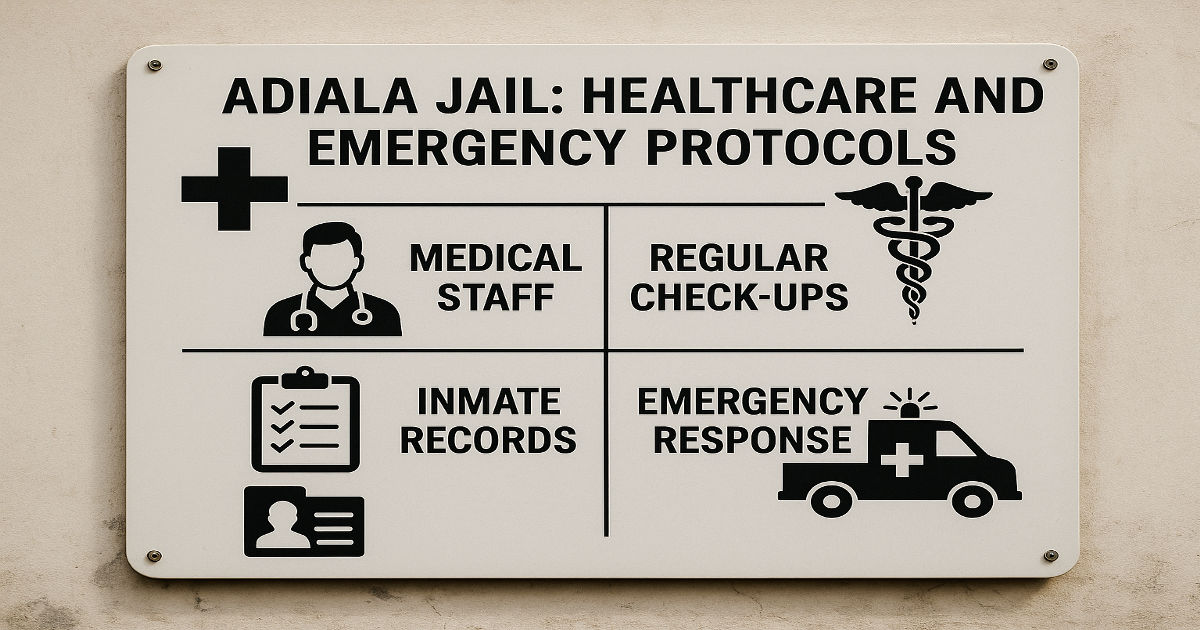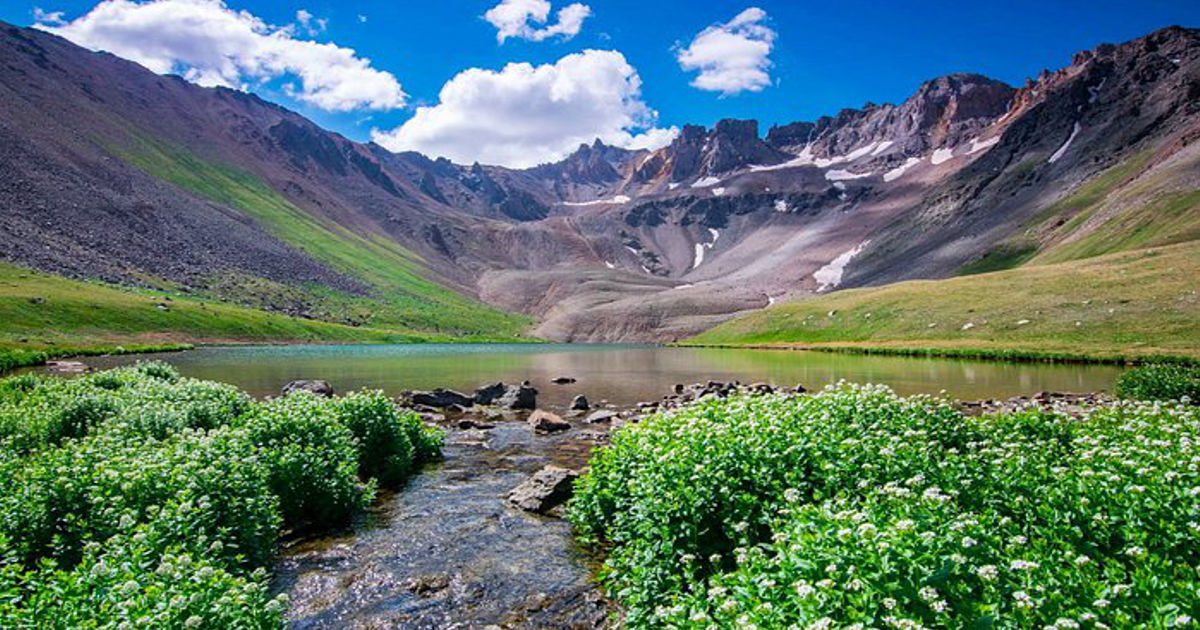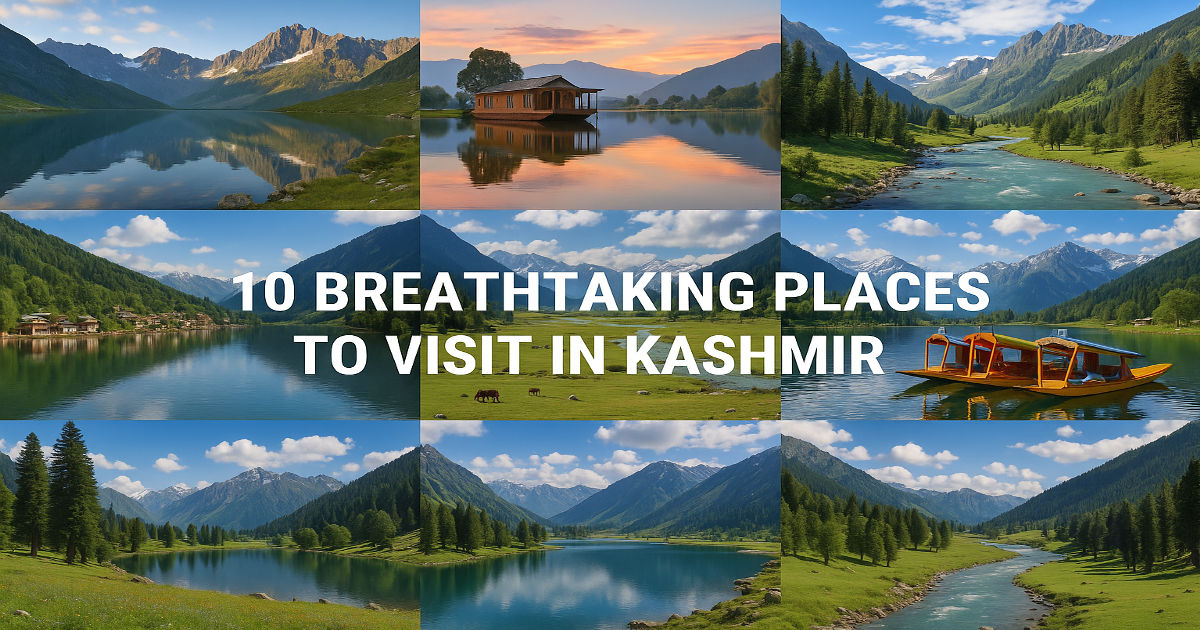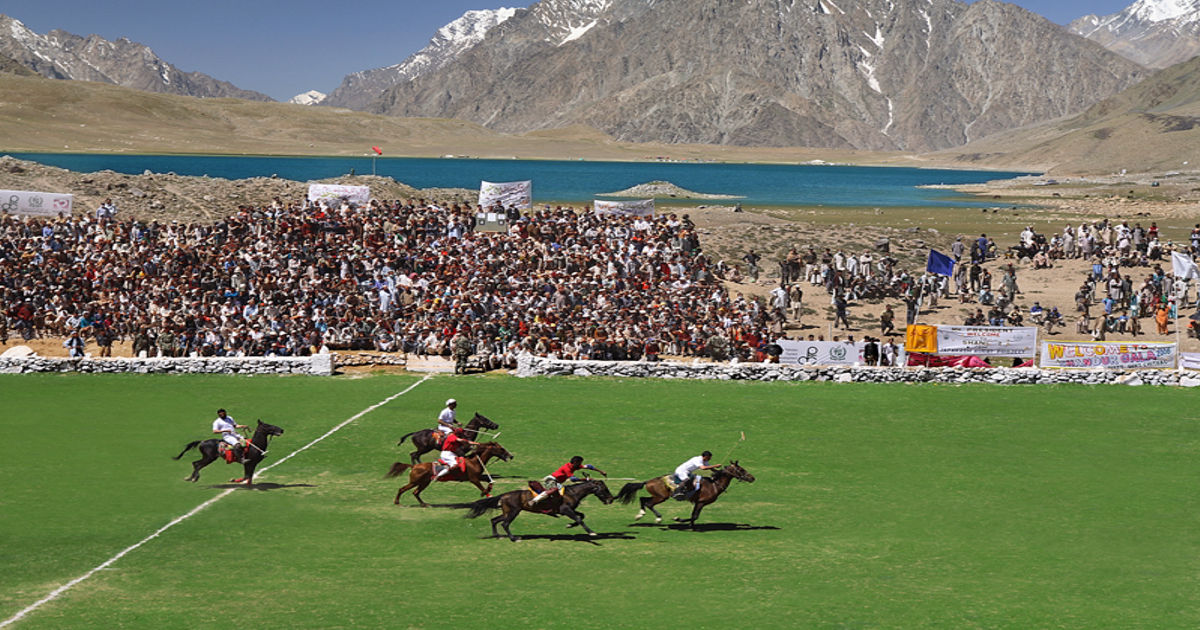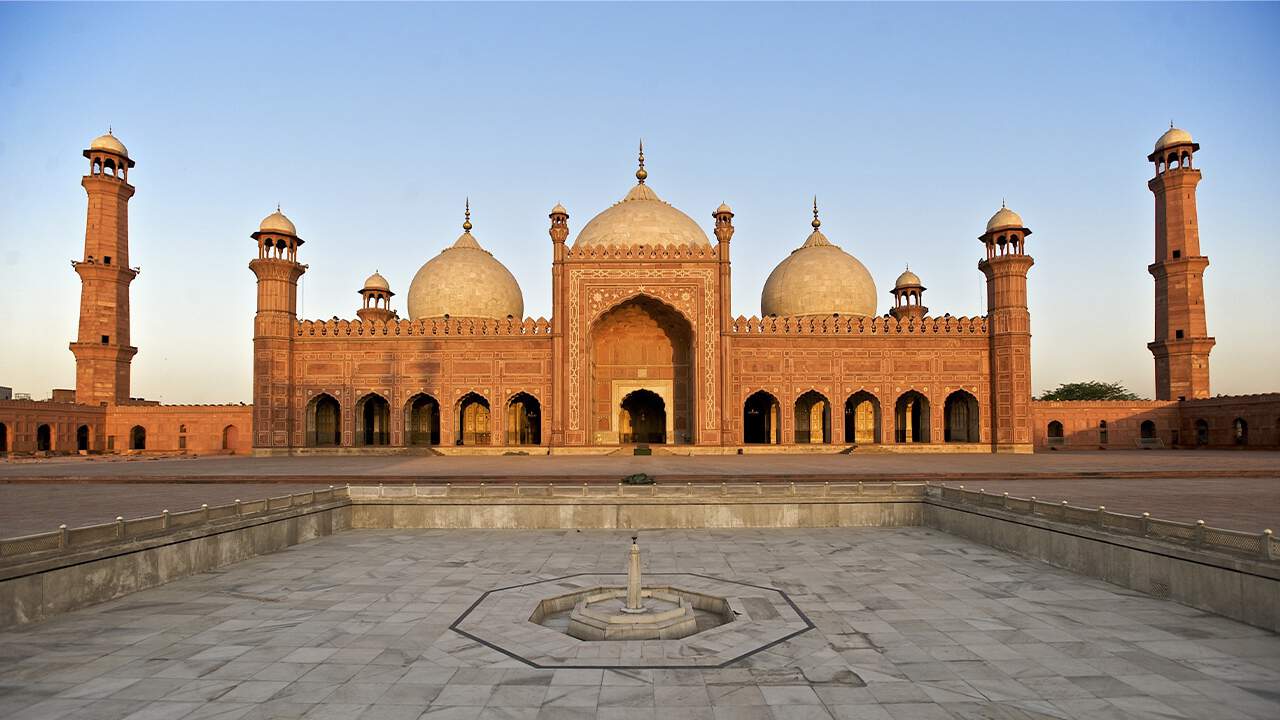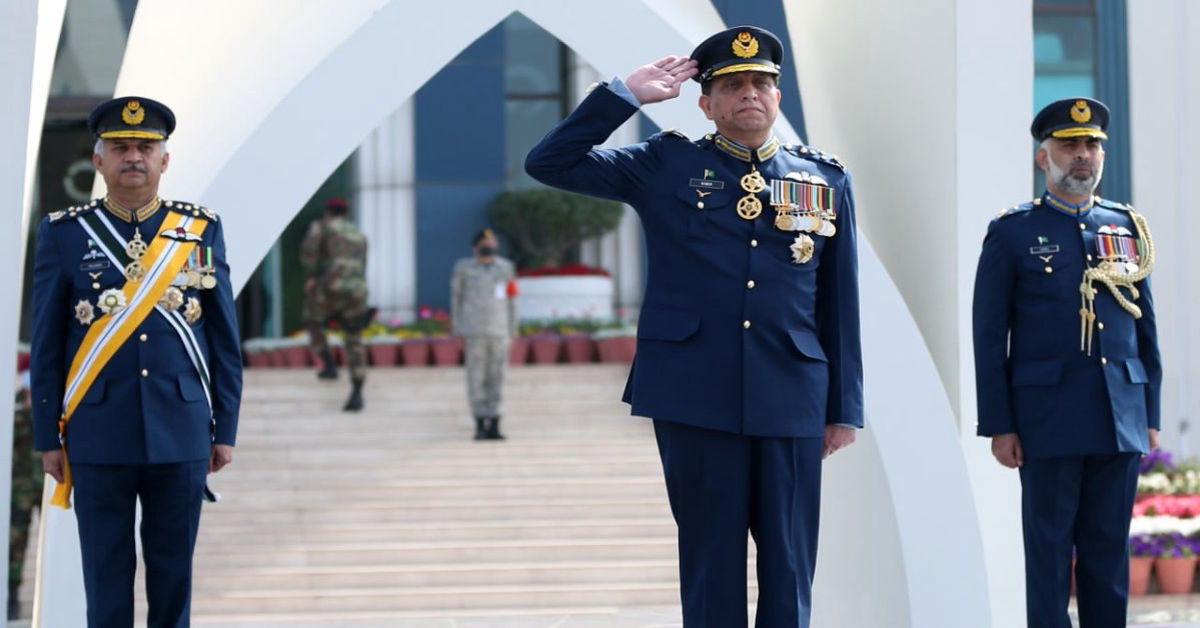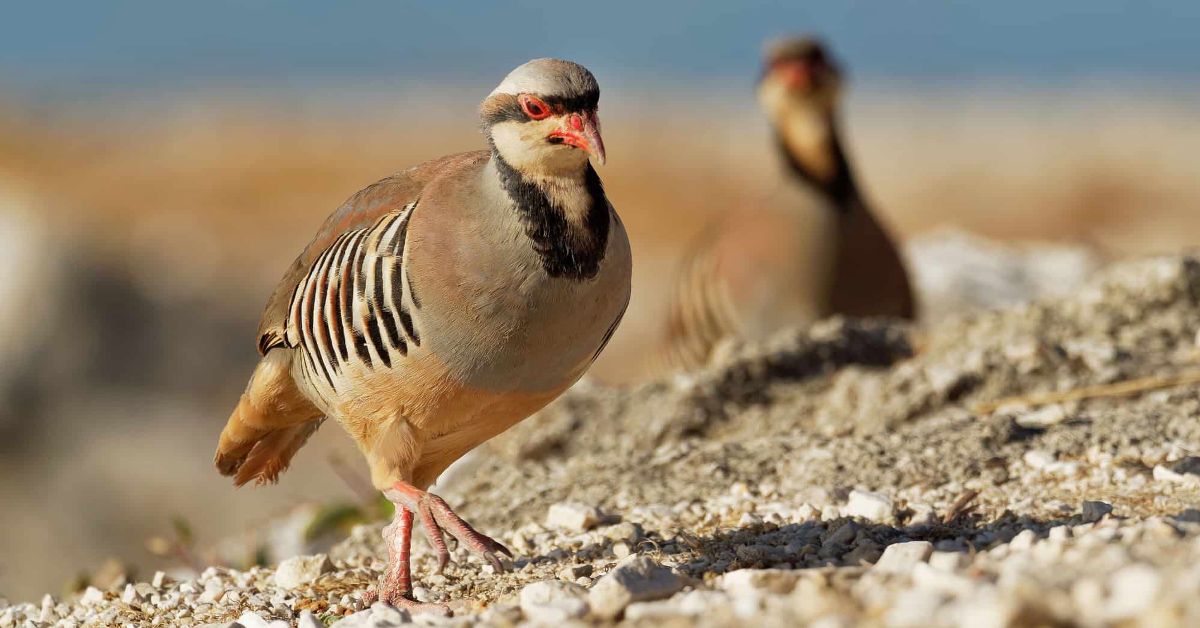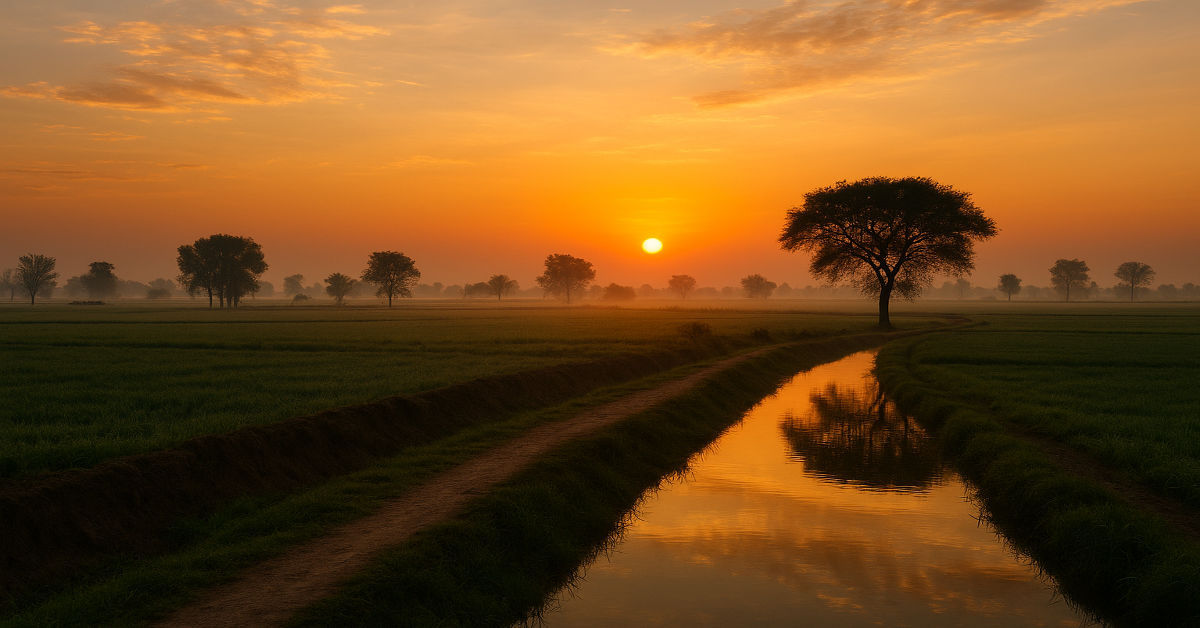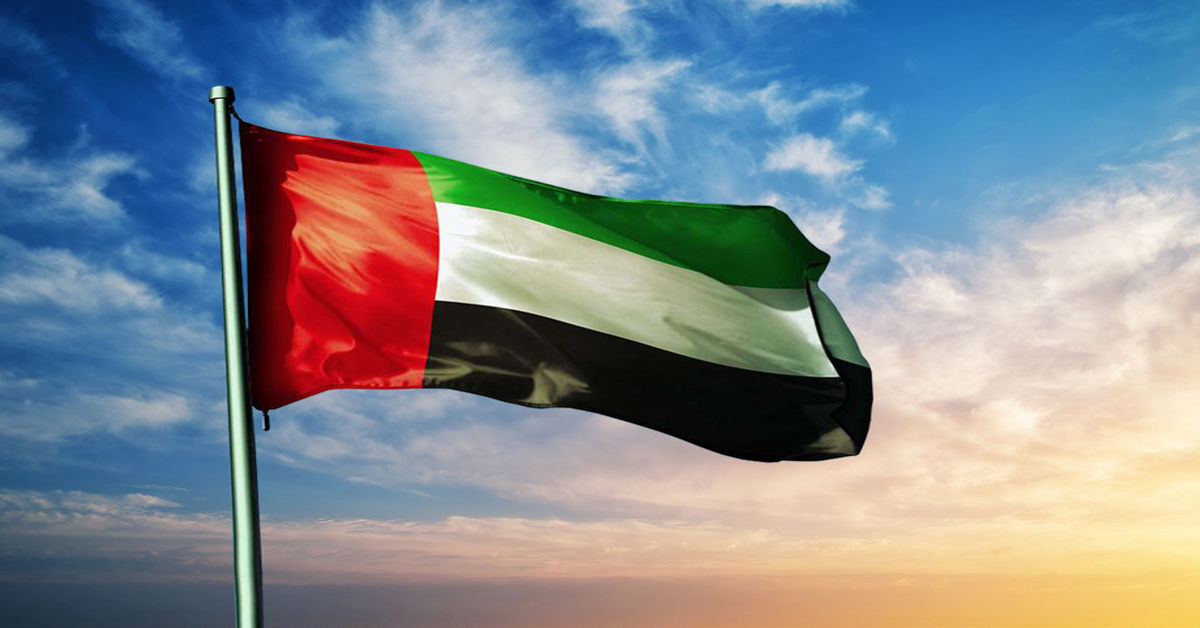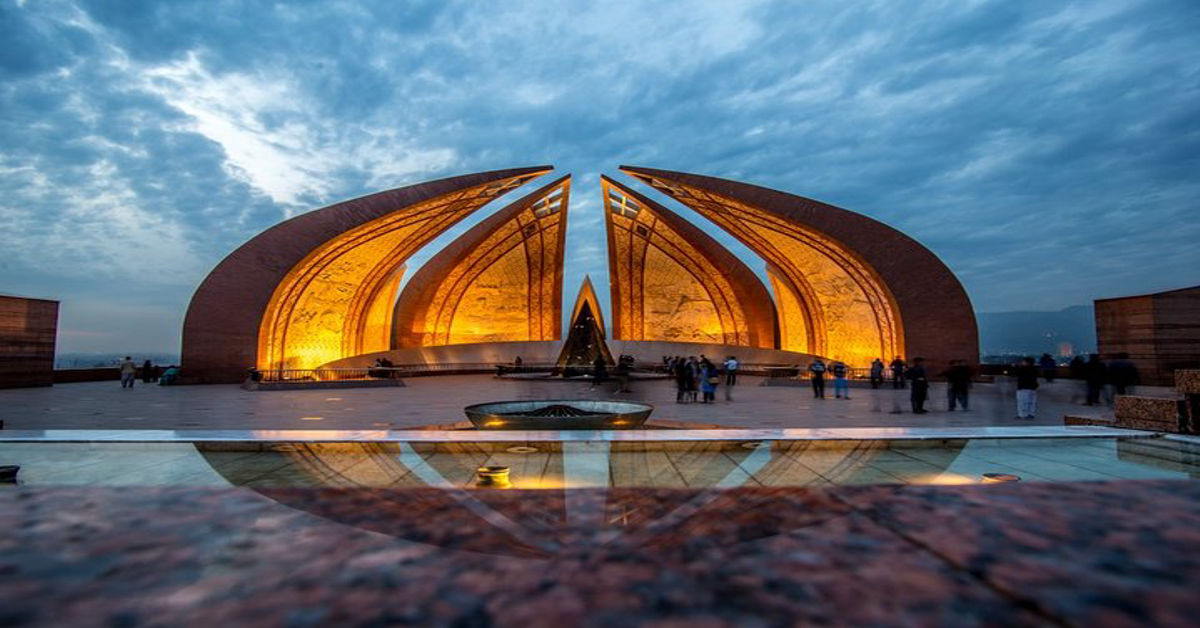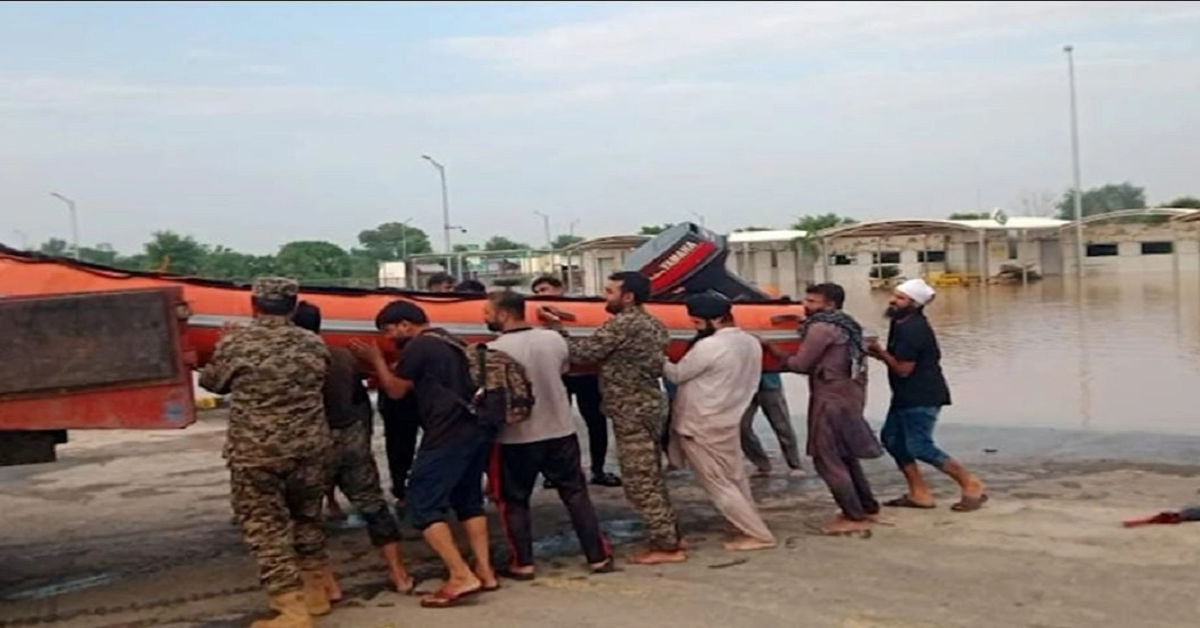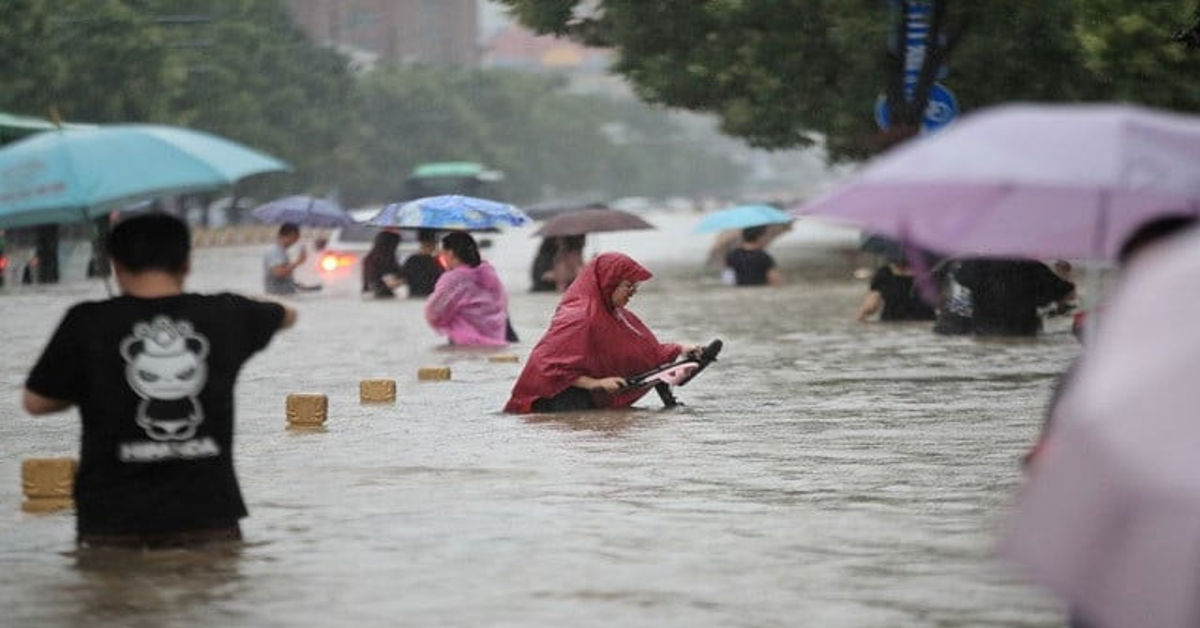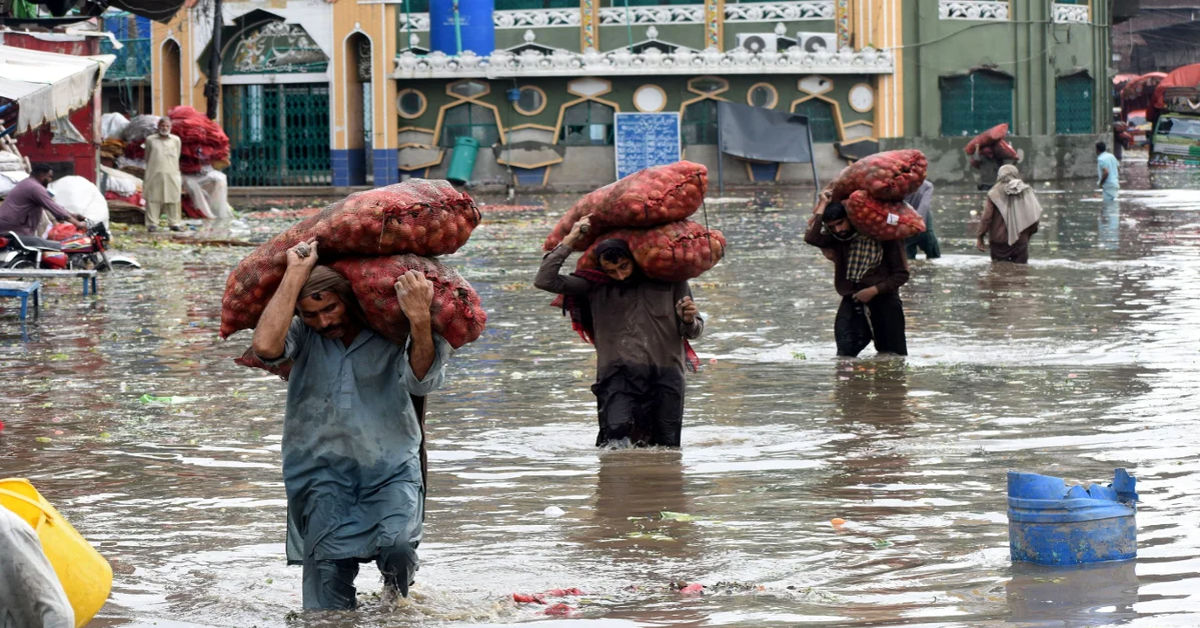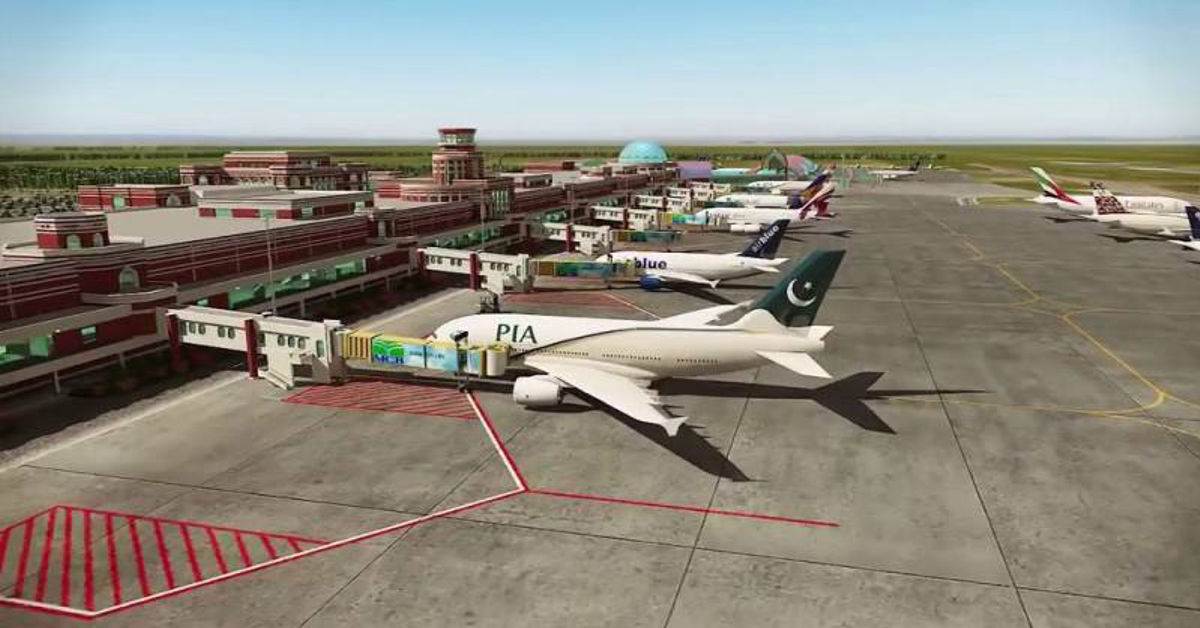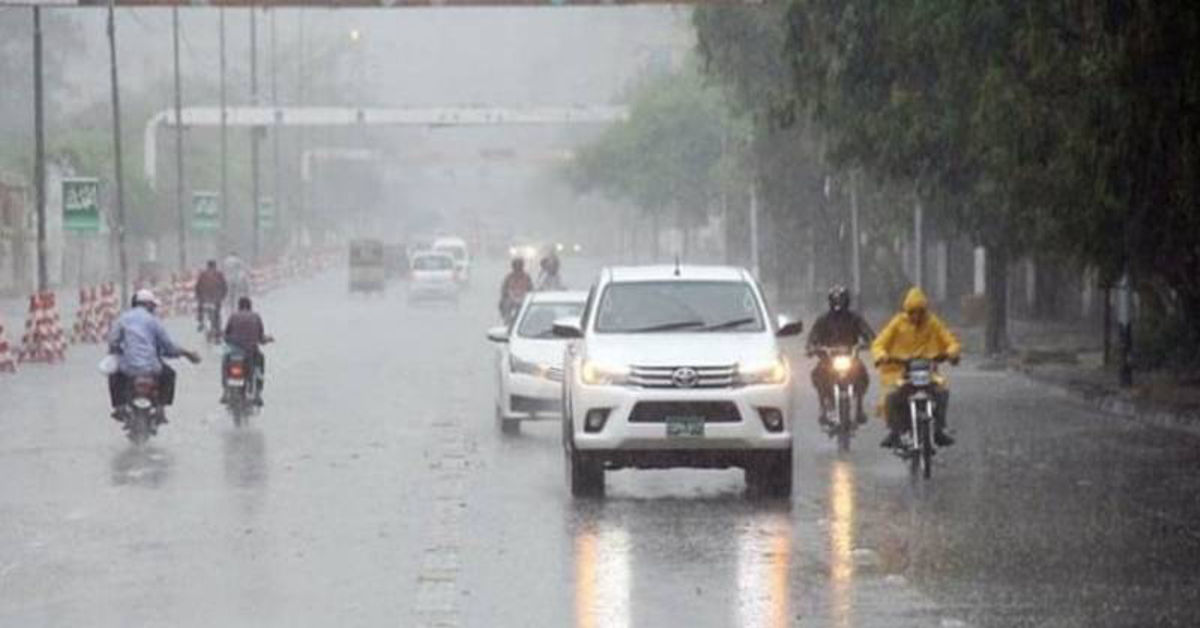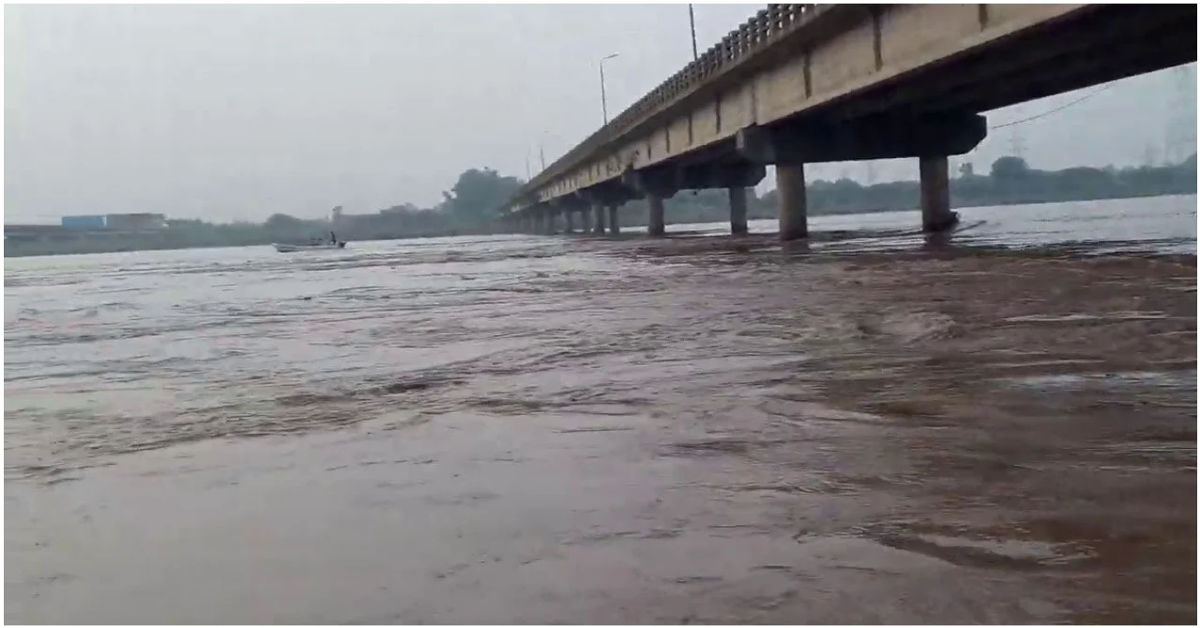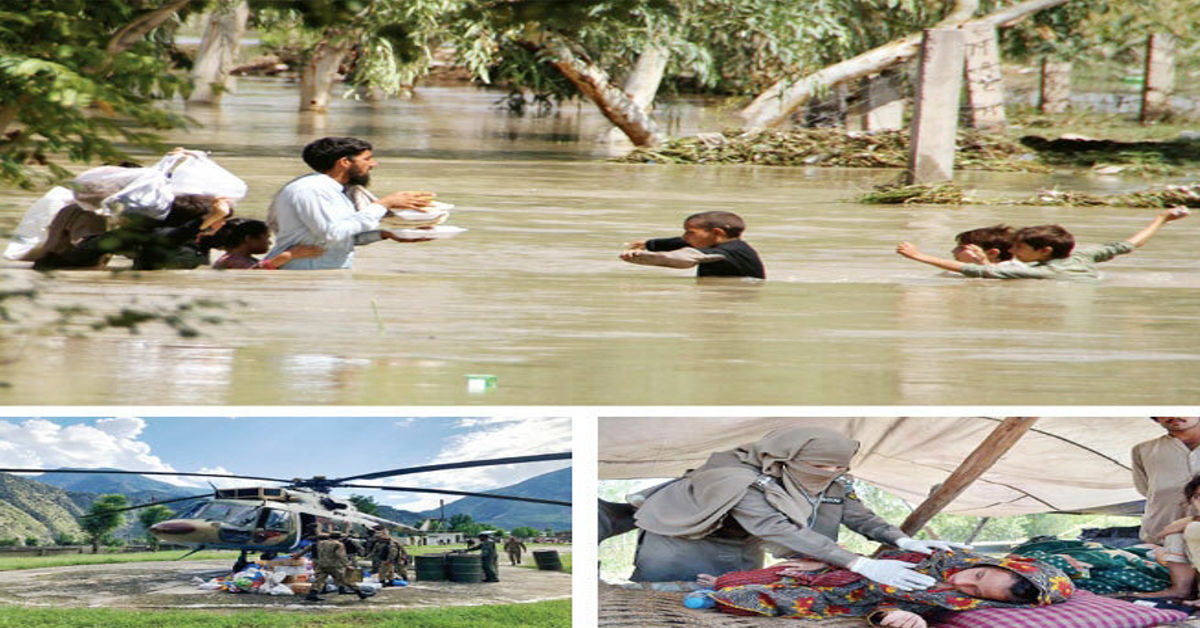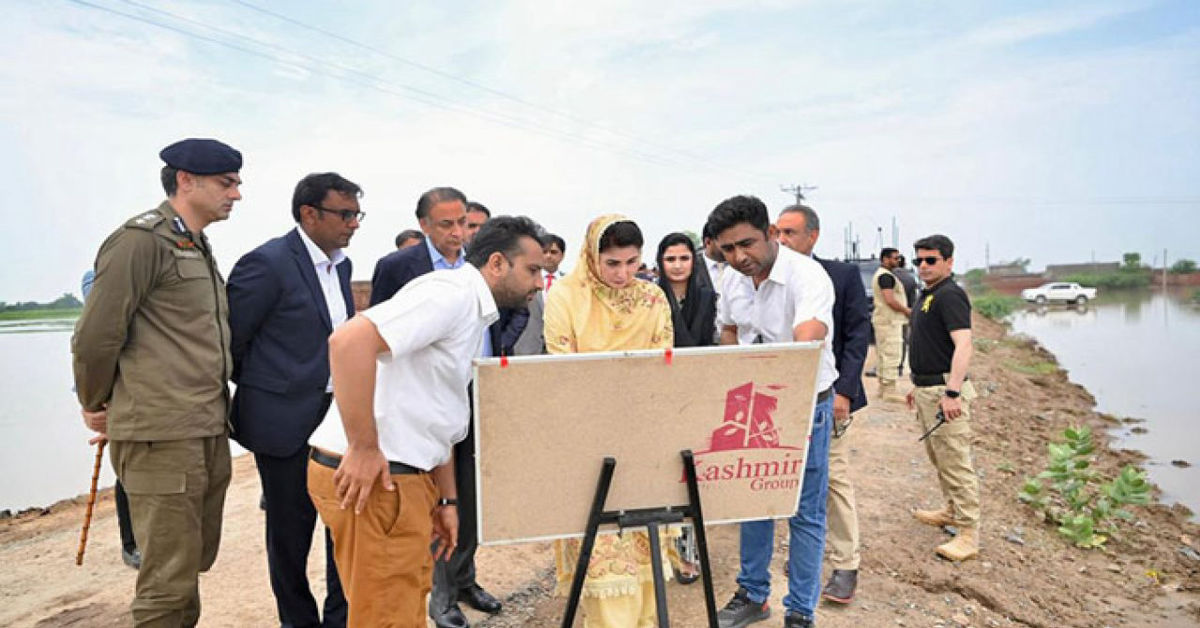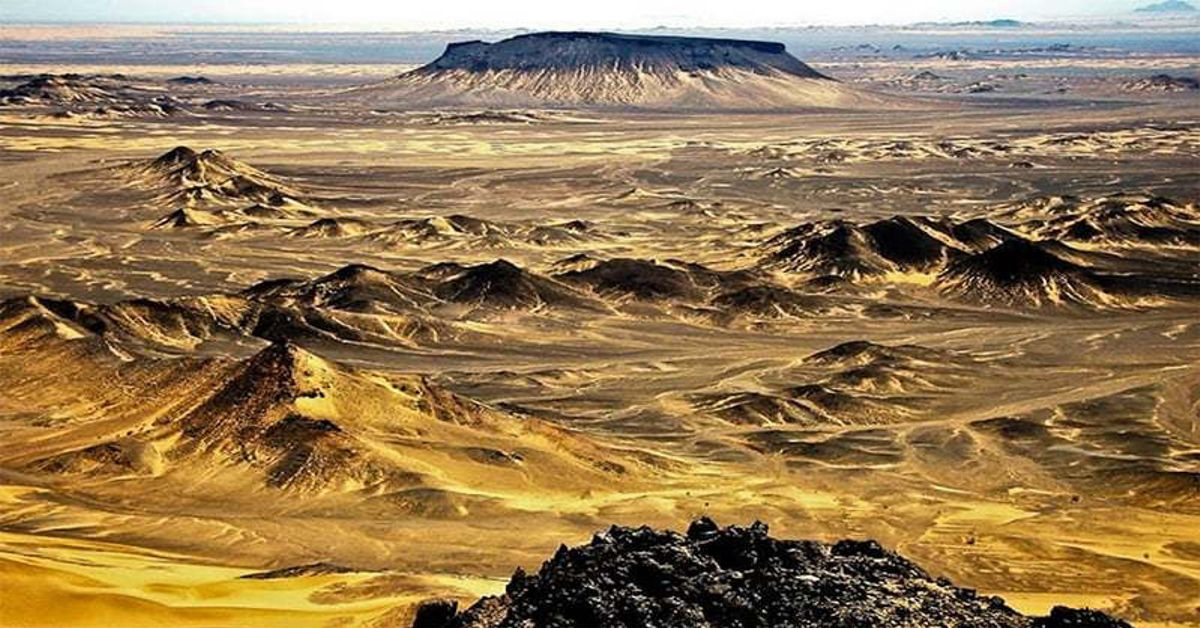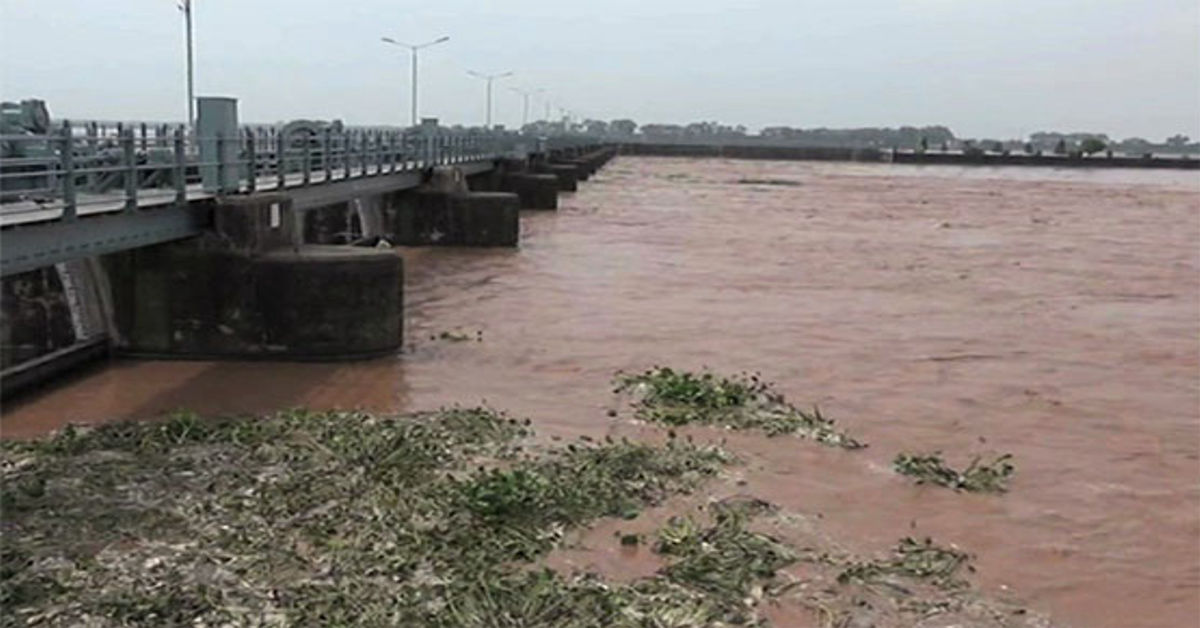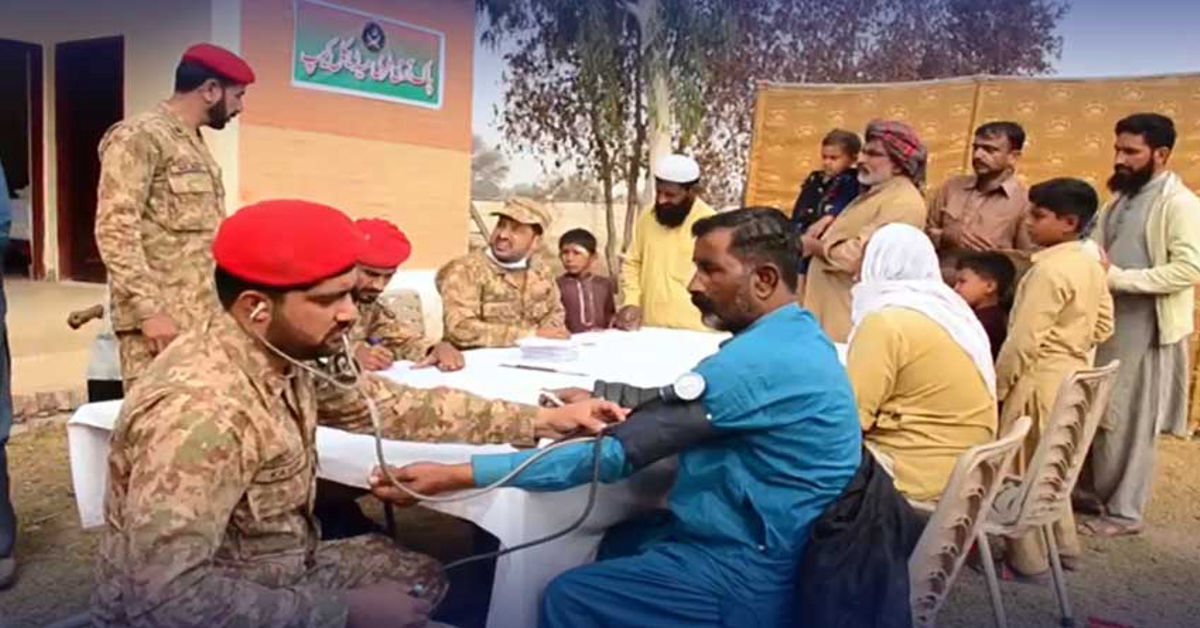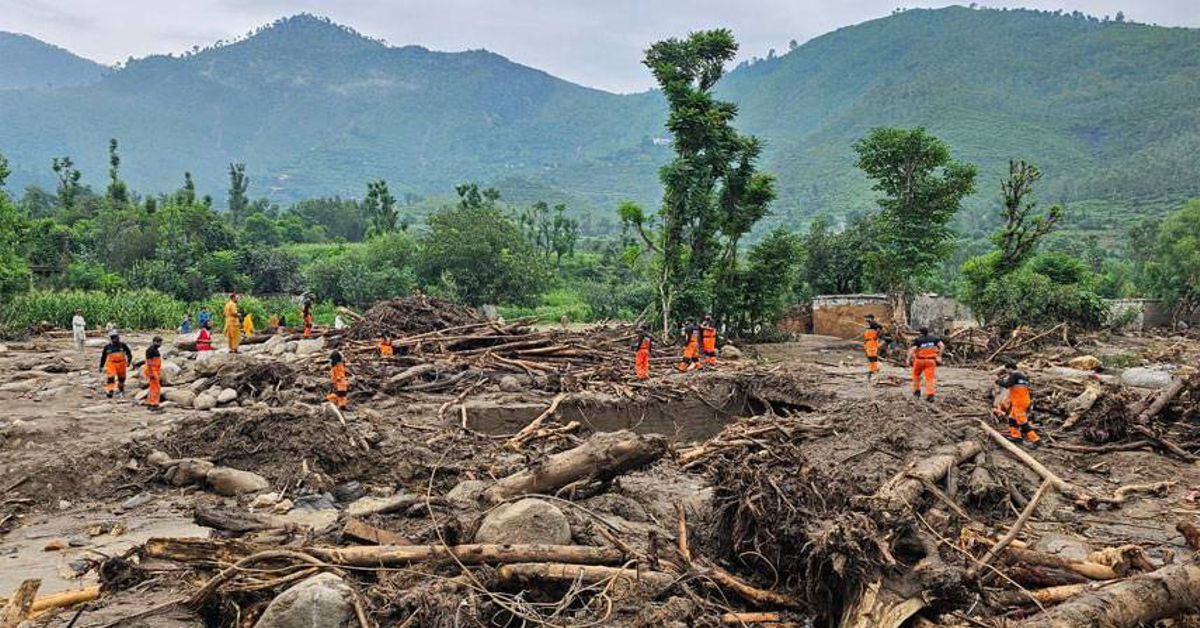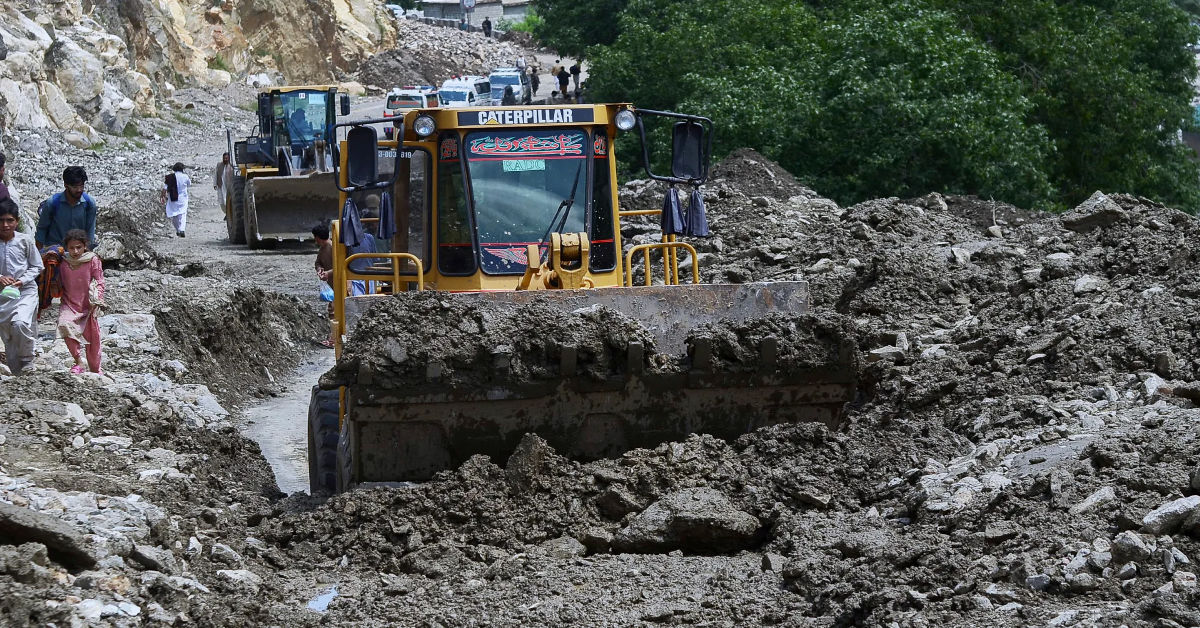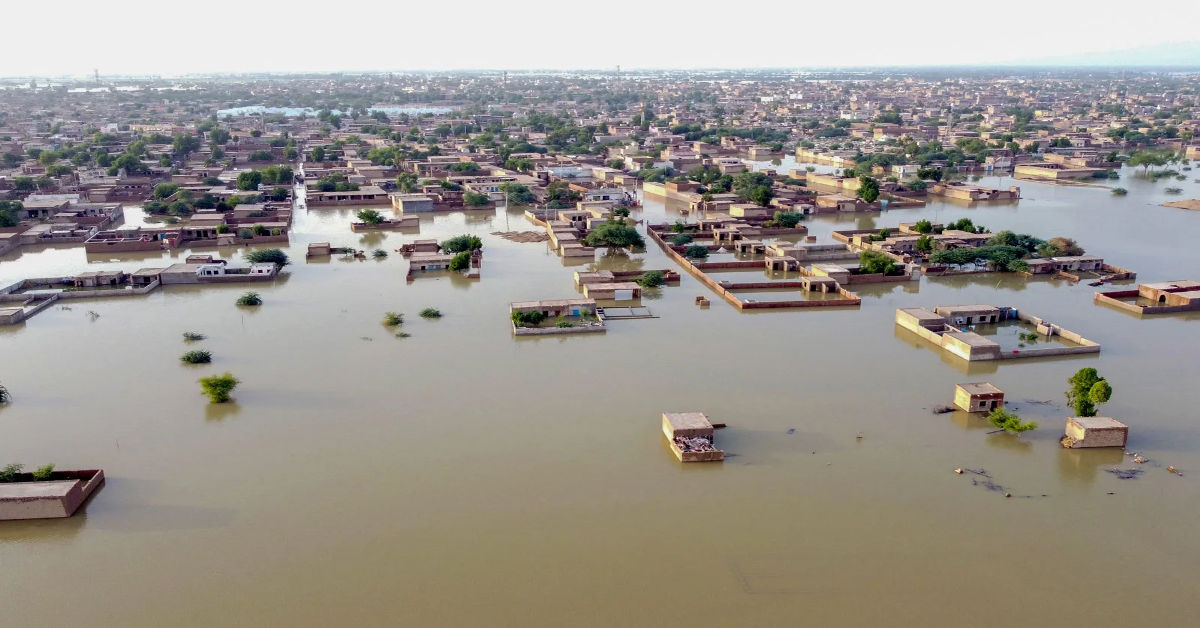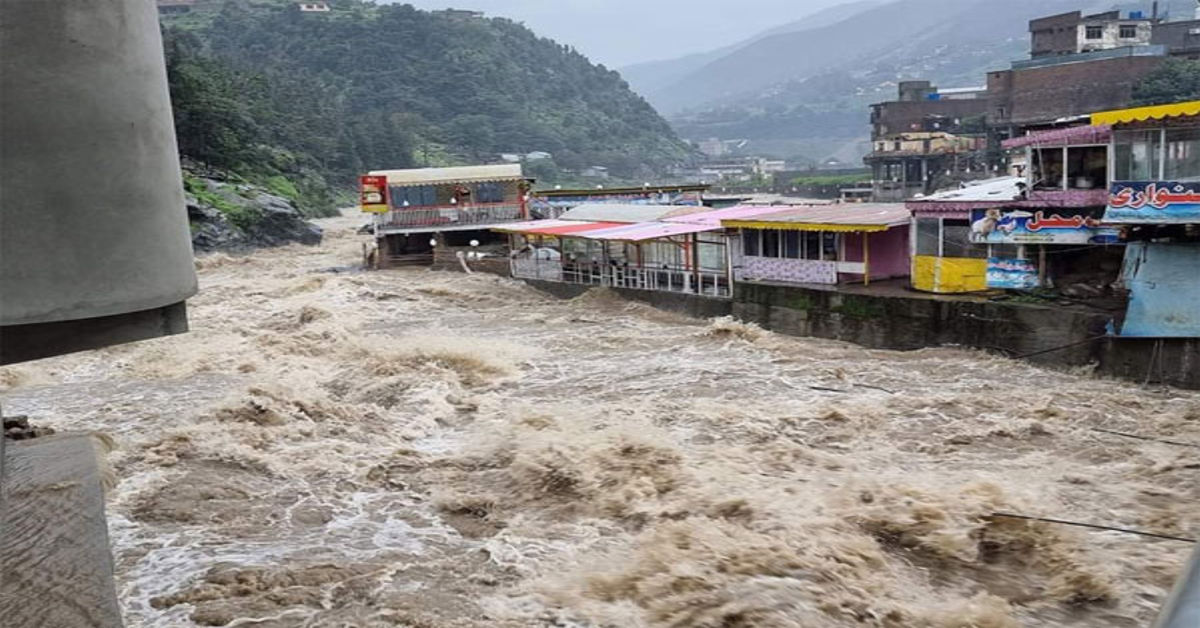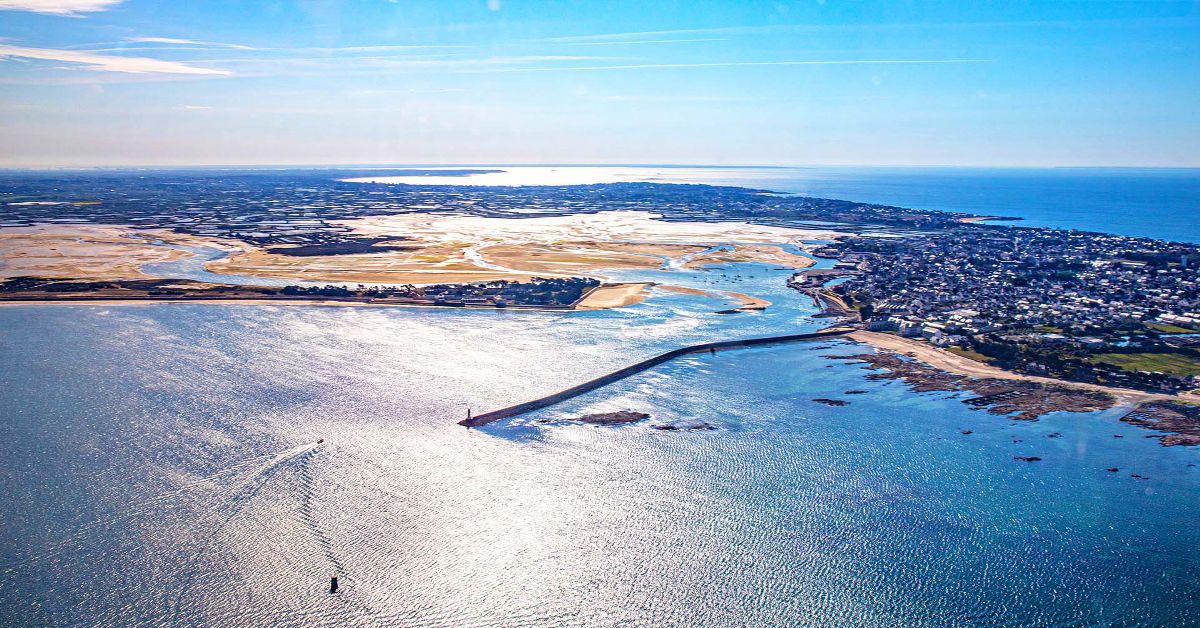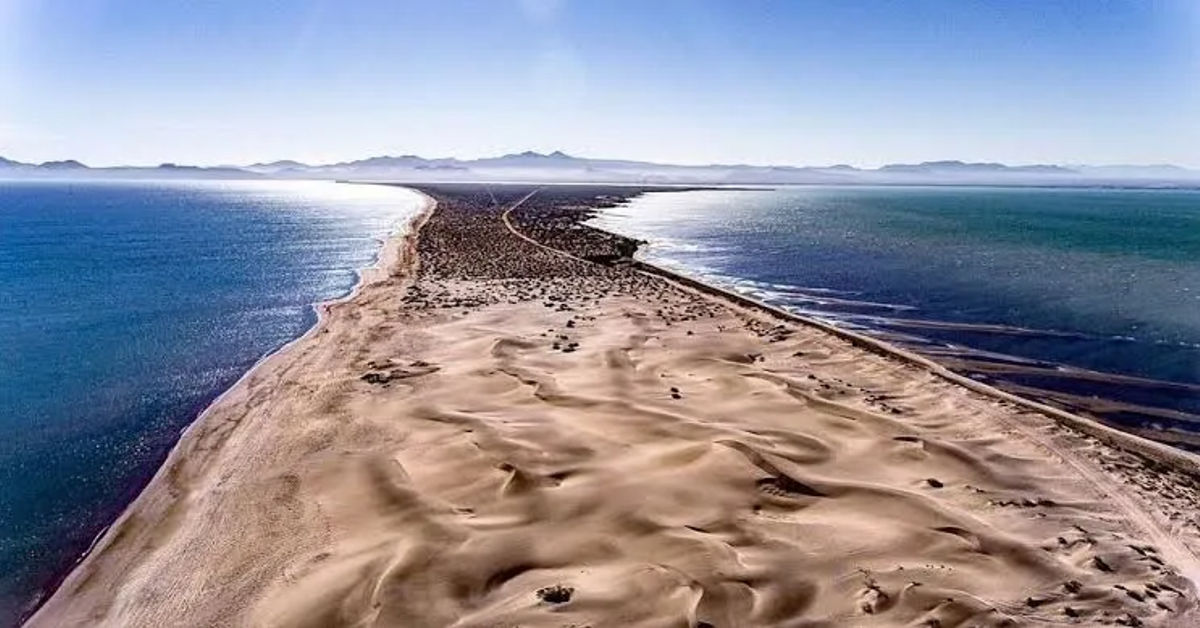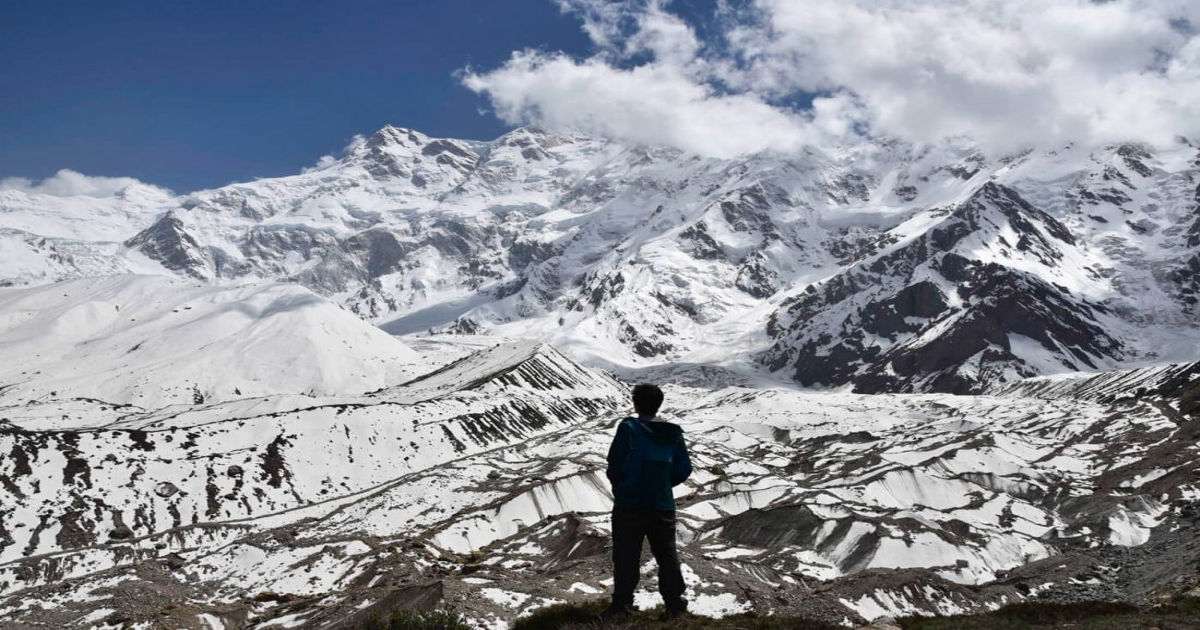
Standing in the shadow of a colossal mountain is an experience that humbles and inspires. For those drawn to the world’s highest peaks, the journey to Nanga Parbat base camp is a pilgrimage to the foot of a giant. This trek is more than just a walk; it is an immersion into a world of towering ice walls, vibrant alpine meadows, and the raw, untamed beauty of the Himalayas. It’s a challenging yet profoundly rewarding adventure that stays with you long after you’ve returned to civilization.
Where is Nanga Parbat and Why Does it Matter?
Nanga Parbat, meaning “Naked Mountain” in Sanskrit, is the ninth-highest mountain in the world, soaring to an astonishing 8,126 meters (26,660 feet). Located in the Diamer District of Gilgit-Baltistan, Pakistan, it is the westernmost anchor of the Himalayan range. Its notorious Rupal Face is the highest mountain face on the planet, rising 4,600 meters from its base. This peak has a formidable expedition history, earning it the ominous nickname “Killer Mountain” due to the high number of climber fatalities in the early 20th century. Today, improved logistics and knowledge have made the trek to its base camps accessible to determined trekkers, offering a safe way to witness its staggering scale.
Raikot Bridge to Fairy Meadows
The most popular and scenic approach begins at the Raikot Bridge on the legendary Karakoram Highway. From here, a thrilling jeep ride takes you up a narrow, winding track carved into the mountainside. The journey is an adventure in itself, offering dramatic views and a surge of adrenaline. After about 90 minutes, the jeep track ends, and the trek on foot begins. The path to Fairy Meadows is a relatively gentle ascent of about two to three hours.
This enchanting destination lives up to its name, with lush green pastures, pine forests, and storybook-like wooden cabins, all set against the breathtaking backdrop of Nanga Parbat. Most trekkers spend a night here to acclimatize before pushing on to Nanga Parbat base camp.
What to Expect on the Trail?
From Fairy Meadows, the trail continues towards Beyal Camp, a serene spot often used as a second acclimatization stop. This section of the trek takes you through fragrant pine forests and alongside a gushing stream. The path is well-defined but involves navigating some rocky sections and gentle switchbacks. As you gain elevation, the trees thin out, giving way to open alpine meadows dotted with wildflowers in the summer. The air becomes crisper, and the presence of the mountain grows more intense with every step.
You will encounter varying terrain, from soft earth paths to rocky scree fields, so sturdy trekking boots are essential. The weather can change rapidly; sunny skies can quickly turn to cold winds and even light snow, so layering your clothing is key.
Acclimatization and Safety on the Trek
High-altitude trekking requires respect for the mountain and your body. The key to a safe and enjoyable trek is proper altitude acclimatization. The gradual ascent from Raikot Bridge to Fairy Meadows (3,300 meters) and then Beyal Camp (3,500 meters) is designed to help your body adjust slowly. It is critical to stay hydrated by drinking plenty of water and avoiding alcohol. Listen to your body; symptoms of altitude sickness like headaches, nausea, or dizziness should be taken seriously. If symptoms appear, do not ascend further. Descending to a lower elevation is the most effective remedy. Using trekking poles can significantly reduce the strain on your knees, especially on descents, and help with balance on uneven ground.
The Experience at Base Camp
Reaching the Nanga Parbat base camp is a moment of pure awe. Standing at approximately 4,000 meters, you are directly beneath the immense Raikot Face. The view is dominated by hanging glaciers, jagged rock spires, and the monumental ice wall of the peak itself. The sound of distant avalanches and the cracking of the glacier are a constant reminder of the mountain’s power. Yet, there is a profound sense of peace here. The scale of the landscape puts everything into perspective, offering a quiet space for reflection. It’s a place to sit with a warm cup of tea from a local tea house, absorb the grandeur, and feel truly connected to the natural world.
Logistics: Permits, Guides, and Gear
Planning is crucial for a successful trek. Foreign nationals need a trekking permit, which is typically arranged by a licensed tour operator. While it’s possible to trek independently, hiring a local guide and porter is highly recommended. Guides possess invaluable knowledge of the terrain, weather patterns, and local culture, ensuring your safety and enriching your experience. Porters can carry the bulk of your gear, allowing you to enjoy the walk with just a light daypack. Accommodation along the route consists of campsites and basic guesthouses or tea houses in Fairy Meadows and Beyal Camp. Essential gear includes waterproof outerwear, insulated layers, sturdy hiking boots, a hat, gloves, sunscreen, and a reliable water filter or purification tablets.
Conclusion
The journey to Nanga Parbat base camp is more than a trek; it’s an unforgettable encounter with one of Earth’s most majestic creations. It challenges you physically while rewarding you with unparalleled scenery and a deep sense of accomplishment. The combination of thrilling jeep rides, serene forest walks, and jaw-dropping glacier views makes it a truly unique adventure. For anyone looking to witness the raw power and serene beauty of the Himalayas, this trek offers an accessible yet profound experience that will leave an indelible mark on your soul.
Frequently Asked Questions
1. What is the best time to trek to Nanga Parbat Base Camp?
The ideal trekking season is from June to September. During these months, the weather is generally stable, the days are warmer, and the trails are free of heavy snow, offering clear views of the mountain.
2. How difficult is the trek?
The trek is considered moderately difficult. While it does not require technical climbing skills, it does involve trekking at a high altitude. A good level of physical fitness is necessary to handle the daily hikes and elevation gain.
3. Do I need a guide for the trek?
While not mandatory for all sections, hiring a local guide is strongly advised. They provide safety, navigation, and cultural insights, and their support is essential for arranging logistics like permits and transportation.
4. What are the accommodation options on the trail?
At Fairy Meadows, you can find rustic wooden cabins and designated campsites. Beyal Camp offers similar, more basic lodging options. Booking in advance during peak season is recommended.
5. What are the main risks associated with the trek?
The primary risk is altitude sickness. Other potential risks include rapid weather changes, rockfall in certain areas, and dehydration. Following acclimatization protocols, staying hydrated, and listening to your guide are the best ways to stay safe.




